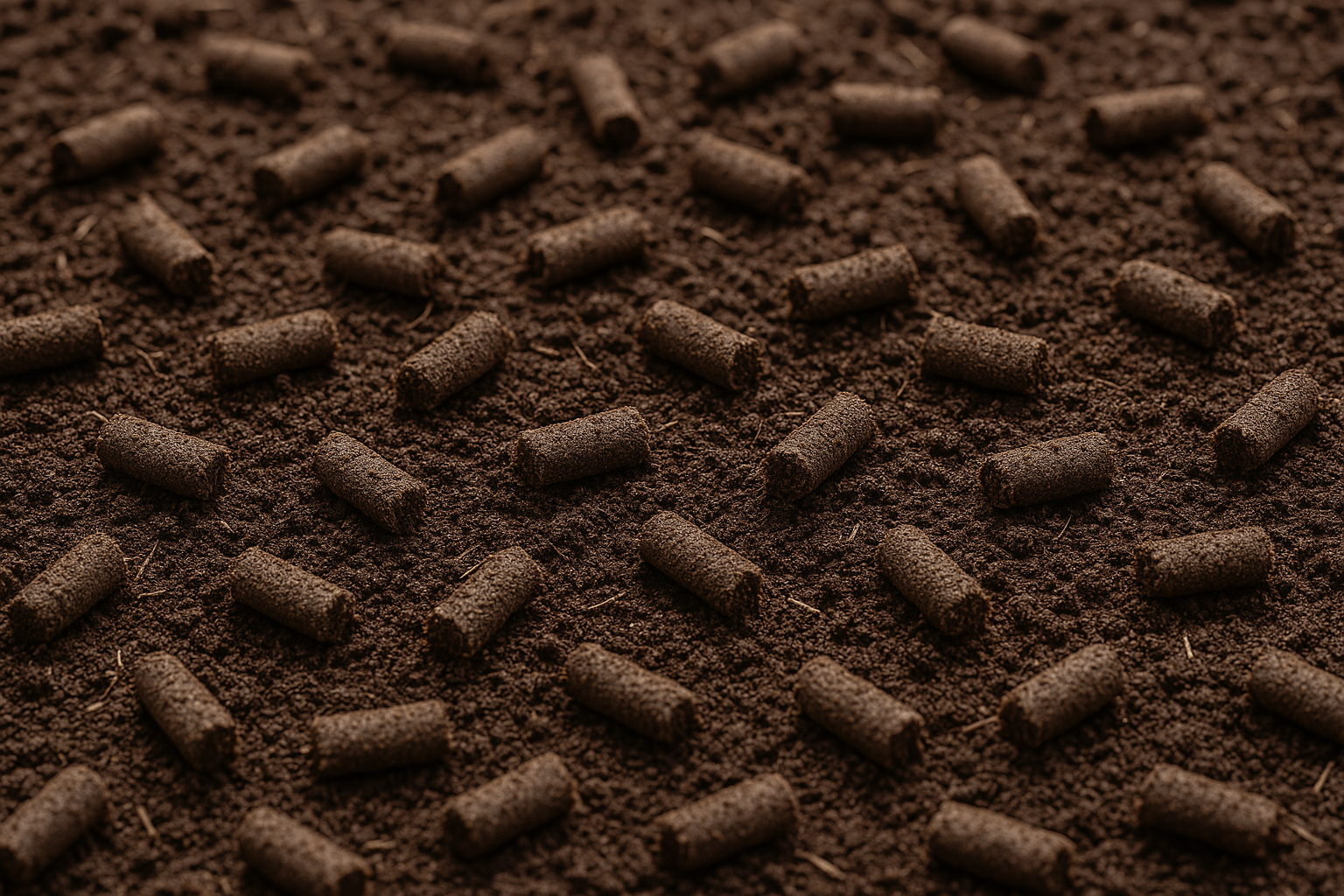
Lawn Maintainence
🌿 The Ultimate Guide to Lawn Maintenance: Keep Your Yard Happy and Healthy
A lush, green lawn isn’t just a treat for the eyes—it’s also a reflection of the care and attention you give to your outdoor space. Whether you're a first-time homeowner or someone looking to up your lawn game, understanding the basics of lawn maintenance can make a world of difference. In this blog, we’ll break down essential tips, seasonal advice, and pro tricks to help your lawn thrive all year round.
🌱 Why Lawn Maintenance Matters
A well-maintained lawn does more than boost curb appeal. It:
- Improves air quality by filtering dust and pollutants
- Reduces soil erosion
- Absorbs noise in urban environments
- Cools surrounding areas, lowering the overall heat island effect
According to the University of Minnesota Extension, turfgrass can be up to 30°F cooler than asphalt and 14°F cooler than bare soil.
🧹 Step-by-Step Lawn Care Basics
1. Mowing
Keep your grass at the right height—generally between 2.5 and 3.5 inches, depending on the type. Never cut more than one-third of the grass blade at a time.
Pro tip: Taller grass shades the soil, reducing water evaporation and helping crowd out weeds.
2. Watering
Your lawn needs about 1 to 1.5 inches of water per week, including rainfall. Water deeply but infrequently—preferably early in the morning to avoid disease.
According to the Environmental Protection Agency (EPA), overwatering is a common problem and can waste up to 50% of water due to evaporation or runoff (source).
3. Fertilizing
Feed your lawn based on the season. Cool-season grasses benefit most from fall and spring feeding, while warm-season grasses thrive with summer applications.
Use a slow-release fertilizer and always follow the recommended amount on the label.
4. Weeding
Pre-emergent herbicides in early spring can stop weeds before they start. Post-emergent solutions work after weeds have appeared.
DIY Tip: Pulling weeds after rain (when the soil is soft) makes the job easier and more effective.
5. Aeration
Aerate your lawn once a year to relieve soil compaction and allow nutrients, water, and air to penetrate deep into the root zone.
Rent a core aerator or hire a professional service—especially important for high-traffic lawns.
🍂 Seasonal Lawn Care Tips
Season Key Focus
Spring Rake debris, apply pre-emergent herbicides, and fertilize
Summer Mow high, water regularly, and treat for pests
Fall Aerate, overseed, and fertilize for winter resilience
Winter Limit foot traffic and remove heavy snow build-up
🌍 Sustainable Lawn Care Options
If you're environmentally conscious, consider:
- Clover lawns: Low-maintenance and pollinator-friendly
- Rain gardens: Prevent runoff and boost biodiversity
- Electric mowers: Lower emissions and quieter operation
🧪 Lawn Maintenance References & Resources
- EPA WaterSense – Outdoor Water Use in the United States (https://www.epa.gov/watersense/outdoors)
- Scotts Lawn Care – Lawn Care Basics (https://scotts.com/en-us/lawn-care-101/)
- The Spruce – How to Maintain Your Lawn (https://www.thespruce.com/gravel-patio-how-to-4174020)
🌟 Final Thoughts
Lawn maintenance isn’t just about looks—it’s about creating a space that’s welcoming, functional, and sustainable. With just a bit of effort, the right tools, and a seasonal plan, you can transform your patch of grass into the envy of the neighborhood. Whether you're DIYing it or bringing in the pros, your lawn will thank you.
